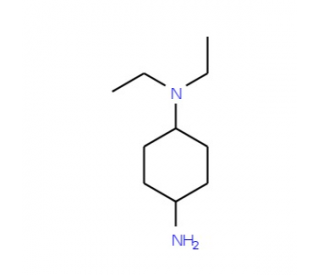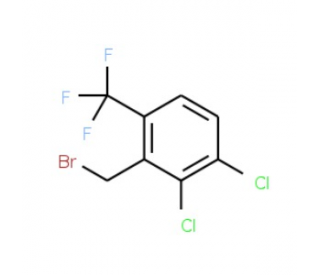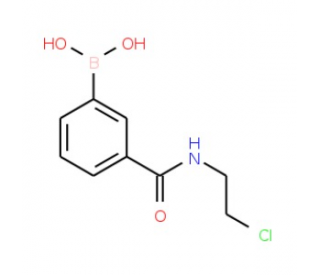詳細說明
Purity
>90%, by SDS-PAGE visualized with Silver Staining and quantitative densitometry by Coomassie? Blue Staining
Endotoxin Level
<0.10 EU per 1 μg of the protein by the LAL method.
Activity
Measured by its ability to inhibit TWEAK-induced apoptosis in HT?29 human colon adenocarcinoma cells. The ED 50 for this effect is 2-12 μg/mL in the presence of 1 μg/mL recombinant human TWEAK. Measured by its ability to inhibit the TWEAK-dependent proliferation of HUVEC human umbilical vein endothelial cells. The ED 50 for this effect is 10-30 ng/mL in the presence of 15 ng/mL recombinant human TWEAK.
Source
Mouse myeloma cell line, NS0-derived
Human TWEAK R
(Glu28-Trp79)
Accession # Q9NP84IEGRMD Human IgG1
(Pro100-Lys330)N-terminus C-terminus Accession #
N-terminal Sequence
AnalysisGlu28
Structure / Form
Disulfide-linked homodimer
Predicted Molecular Mass
32 kDa (monomer)
SDS-PAGE
35-45 kDa, reducing conditions
1199-TW |
| |
Formulation Lyophilized from a 0.2 μm filtered solution in PBS. | ||
Reconstitution Reconstitute at 100 μg/mL in sterile PBS. | ||
Shipping The product is shipped at ambient temperature. Upon receipt, store it immediately at the temperature recommended below. | ||
Stability & Storage: Use a manual defrost freezer and avoid repeated freeze-thaw cycles.
|
Background: TWEAK R/TNFRSF12
The gene for TNF-related weak inducer of apoptosis receptor (TWEAK R) was originally identified as a fibroblast growth factor-inducible immediate-early response gene Fn14 in mouse NIH 3T3 fibroblasts (1, 2). Human TWEAK R cDNA encodes a 129 amino acid (aa) residue type I transmembrane protein with a 27 aa signal peptide, a 53 aa extracellular domain, a 21 aa transmembrane domain and a 28 aa cytoplasmic domain (1 - 3). Human and mouse TWEAK R share 82% aa sequence identity. TWEAK R is the smallest member of the TNF receptor superfamily and contains only one cysteine-rich region in its extracellular domain. The TWEAK R cytoplasmic domain conatins one TRAF binding motif which binds TRAFs 1, 2, and 3. TWEAK R binds its ligand TWEAK/TNFSF12 with high affinity to initiate a signal transduction cascade that depending upon the cell type, may lead to a variety of cellular responses including cell death, cell proliferation, and angiogenesis (2 - 6). In new born mice, TWEAK R is highly expressed in all tissues examined (heart, intestine, kidney, liver, lung and skin) (1). In adult mice, high TWEAK R expression levels are found in the heart and ovary, while lower expression levels are detected in the lung, kidney, skin. Elevated levels of TWEAK R mRNA were found in human or mouse hepatocellular carcinoma specimens, in regenerating mouse liver and in injured rat arteries (2, 3).
References:
Meighan-Mantha, R. et al. (1999) J. Biol. Chem. 274:33166.
Feng, S. et al. (2000) Am J. Pathol. 156:1253.
Wiley, S. et al. (2001) Immunity 15:837.
Schneider, P. et al. (1999) Eur. J. Immunol. 29:1785.
Nakayama, M. et al. (2002) J. Immunol. 168:734.
Lynch, C.N. et al. (1999) J. Biol. Chem. 274:8455.
Long Name:
TNF-like and Weak Inducer of Apoptosis Receptor
Entrez Gene IDs:
51330 (Human); 27279 (Mouse)
Alternate Names:
CD266 antigen; CD266; FGF-inducible 14; Fibroblast growth factor-inducible immediate-early response protein 14; Fn14; FN14tumor necrosis factor receptor superfamily member 12A; TNFRSF12; TNFRSF12A; tumor necrosis factor receptor superfamily, member 12A; TWEAK R; TWEAKR; tweak-receptor; type I transmembrane protein Fn14










 粵公網安備44196802000105號
粵公網安備44196802000105號